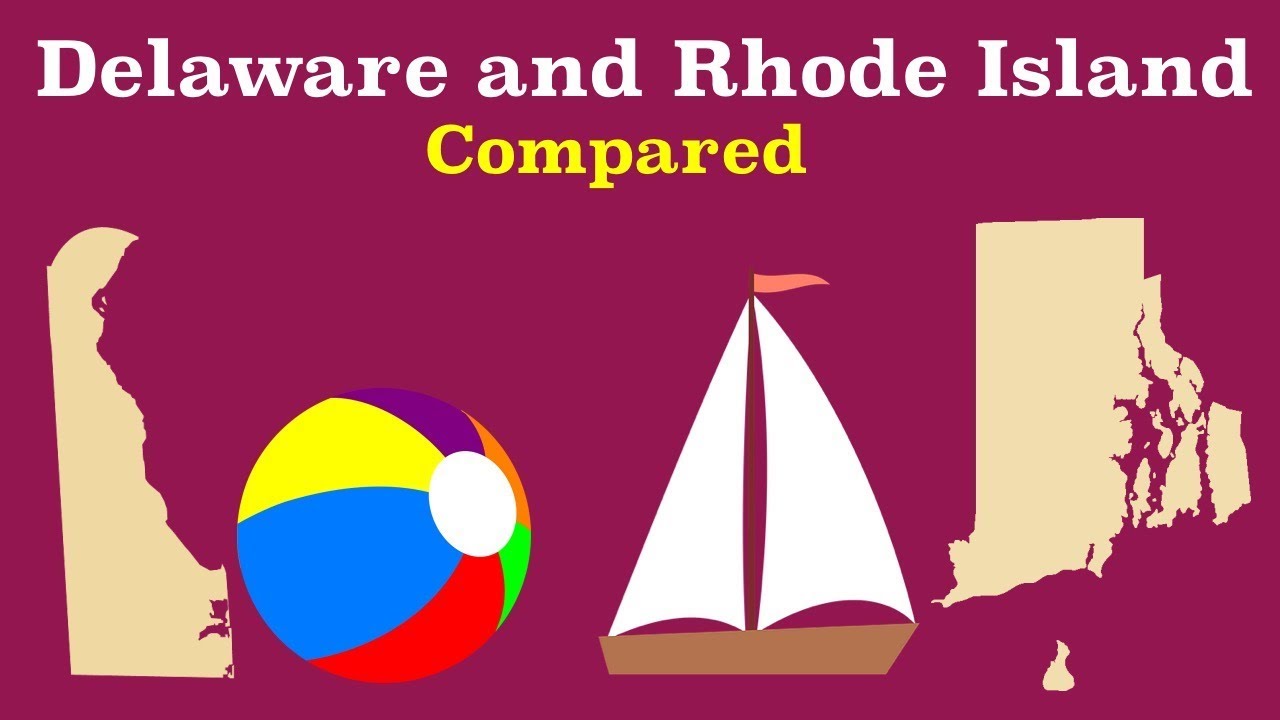Understanding the Population of Rhode Island
Rhode Island, the smallest state in the United States, has a unique population that makes it distinct from other states in the country. With its small size and dense population, understanding the demographic makeup of Rhode Island is crucial for a comprehensive understanding of the state as a whole. This article aims to provide an in-depth analysis of Rhode Island’s population, examining its residents, demographics, and the overall size of its population.
A Closer Look at Rhode Island’s Residents
Rhode Island’s residents come from diverse backgrounds, contributing to the state’s rich cultural fabric. The state has a total population of approximately 1.1 million people, making it the 43rd most populous state in the United States. Despite its small size, Rhode Island has a high population density, with an average of 1,018 residents per square mile.
Examining Rhode Island’s Population
Rhode Island’s population is characterized by its urbanization and concentration in metropolitan areas. The state’s largest city, Providence, serves as the economic and cultural hub, attracting people from across the state and beyond. Other urban areas, such as Warwick and Cranston, also contribute significantly to the state’s population.
How Many People Live in Rhode Island?
As of the latest available data, Rhode Island has an estimated population of approximately 1,097,379 residents. This figure represents a slight increase from previous years, indicating a steady growth in the state’s population. The population of Rhode Island has been gradually increasing over the years, driven by factors such as natural growth, migration, and economic opportunities.
Rhode Island’s Resident Population
Rhode Island’s resident population encompasses people of various ethnicities and backgrounds. The state has a diverse mix of racial and ethnic groups, including White, African American, Hispanic, Asian, and Native American populations. The largest ethnic group in Rhode Island is White, accounting for the majority of the population.
Demographic Snapshot: Rhode Island’s Residents
In terms of age, Rhode Island has a slightly older population compared to the national average. The median age in the state is approximately 40 years old, indicating a higher proportion of middle-aged and older residents. However, the state also has a significant proportion of young people, with a median age that is reflective of a healthy balance between different age groups.
Determining the Population of Rhode Island
The population of Rhode Island is determined through various means, including census surveys, vital records, and administrative data. The U.S. Census Bureau conducts a decennial census, providing the most accurate count of the state’s population. In addition to the decennial census, population estimates are regularly updated using statistical models and data from various sources.
Rhode Island’s Population in Perspective
When considering the population of Rhode Island, it is important to put it into perspective. Although the state is geographically small, its population is relatively large compared to other states with similar land areas. Rhode Island’s high population density is a result of its urbanization, limited land availability, and historical factors.
Key Figures: Rhode Island’s Resident Count
Rhode Island’s resident count is influenced by factors such as birth rates, death rates, and migration patterns. The state experiences natural population growth, with a higher number of births than deaths. Additionally, Rhode Island attracts individuals from other states and countries, contributing to its population growth. However, the state also experiences outmigration, as some residents choose to relocate to other states for various reasons.
Rhode Island’s Resident Population Analysis
An analysis of Rhode Island’s resident population reveals interesting trends and patterns. The state’s population growth has been relatively modest compared to other states, but it continues to grow steadily. The population distribution across different age groups has remained stable, indicating a balanced demographic structure. Furthermore, the racial and ethnic diversity of Rhode Island’s population adds to its cultural vibrancy and contributes to the state’s social fabric.
Unveiling the Size of Rhode Island’s Population
Rhode Island’s population size reflects the unique characteristics of the state, such as its small land area and high population density. Despite its physical limitations, Rhode Island is home to over a million residents who contribute to its economy, culture, and society. Understanding the size of Rhode Island’s population is essential for policymakers, researchers, and anyone interested in gaining a comprehensive understanding of the state.
Current Population of Rhode Island: Exploring the Numbers
As of the latest data, Rhode Island has a resident population of approximately 1.1 million individuals. This population is diverse and vibrant, representing a mix of ethnicities, ages, and backgrounds. Rhode Island’s population growth has been steady over the years, influenced by factors such as natural increase and migration. In conclusion, Rhode Island’s population is an integral part of the state’s identity and plays a crucial role in shaping its future.





